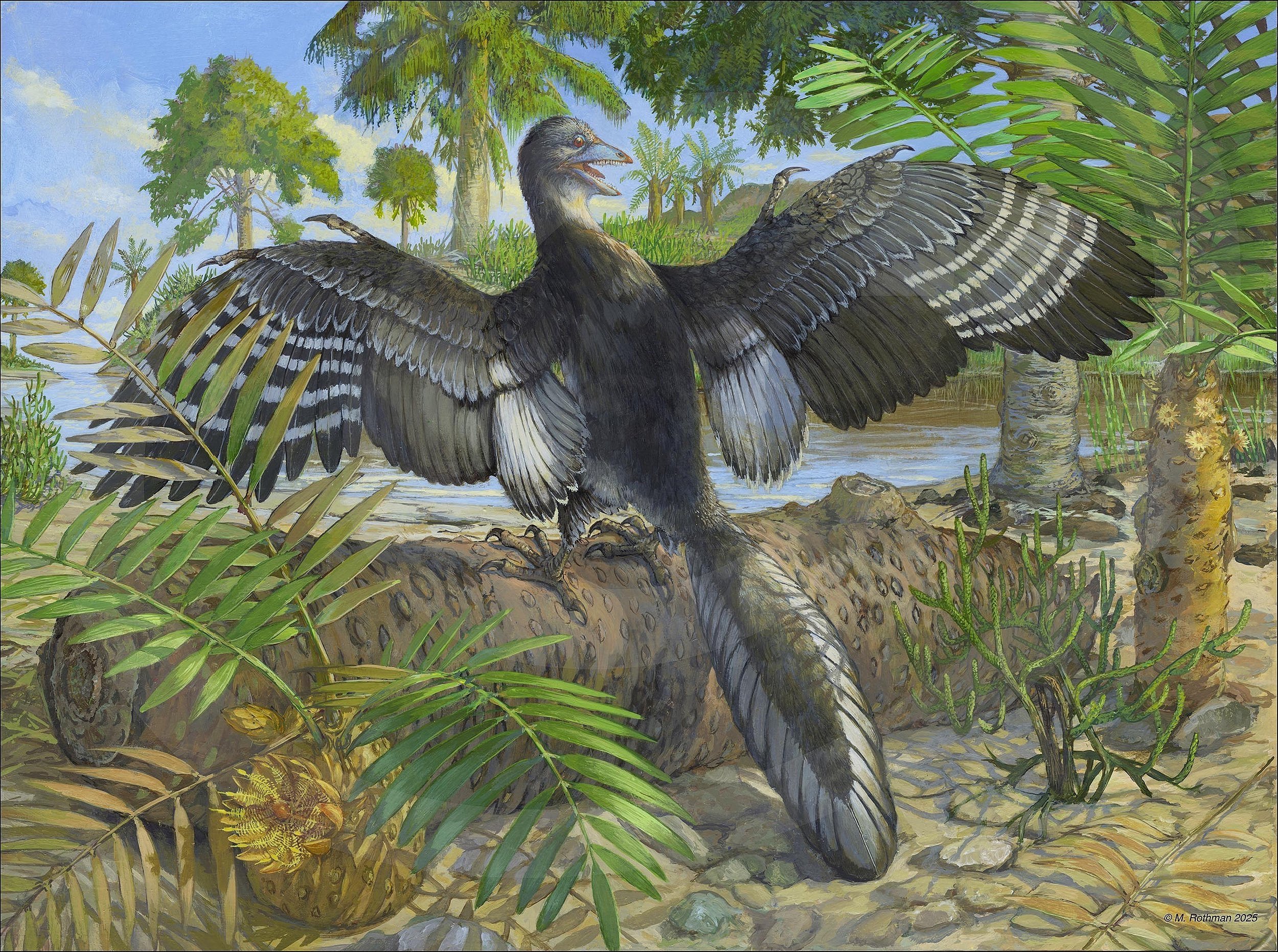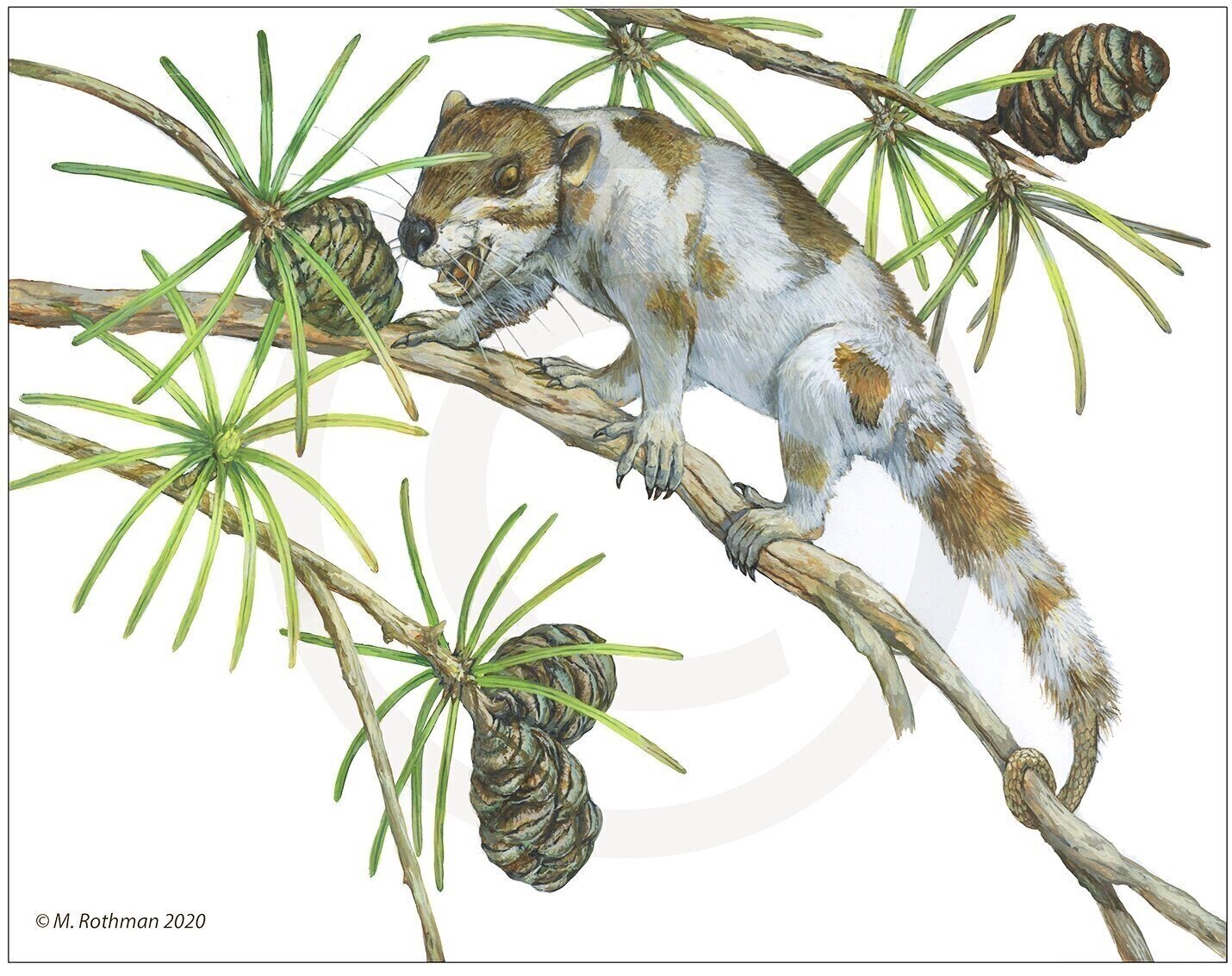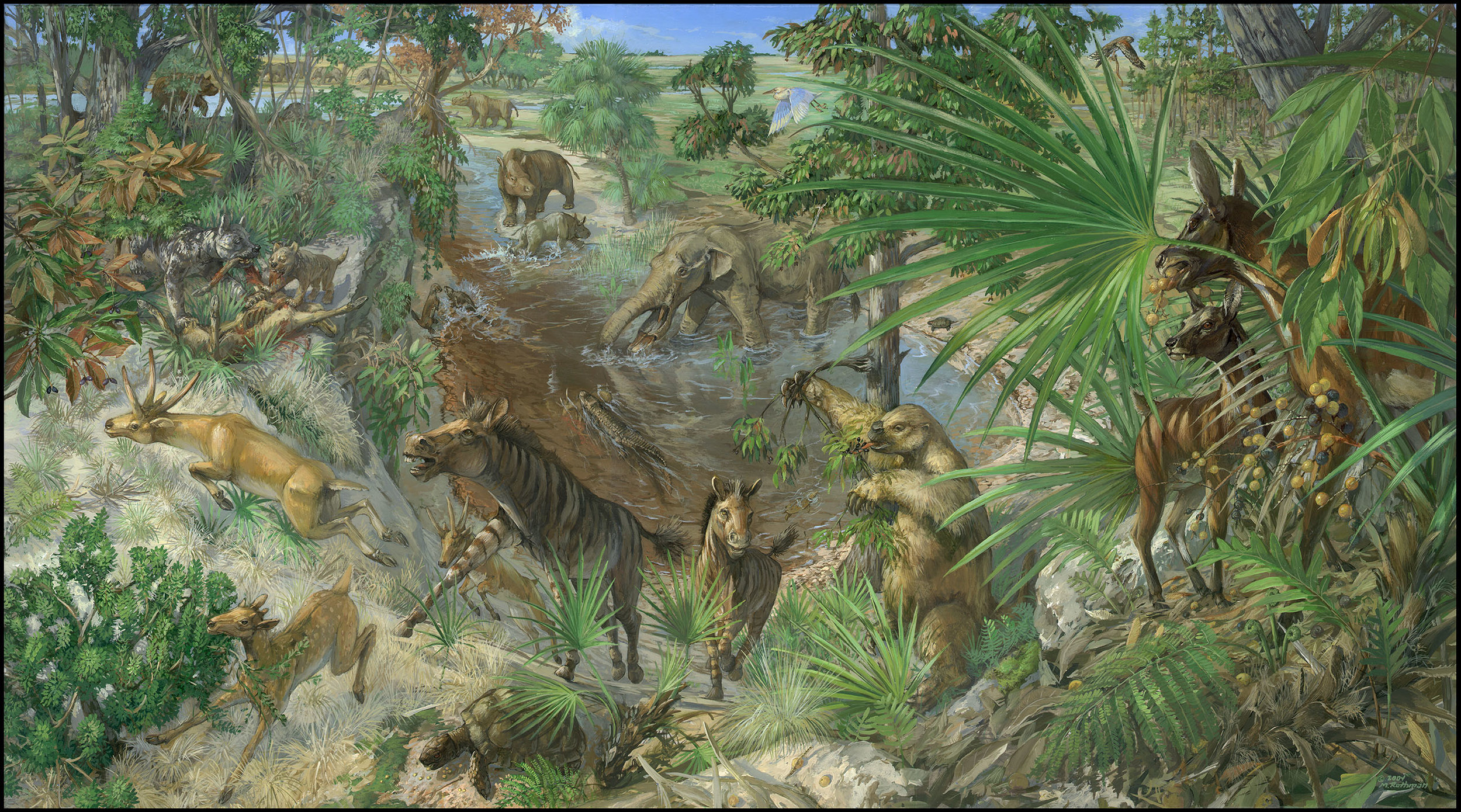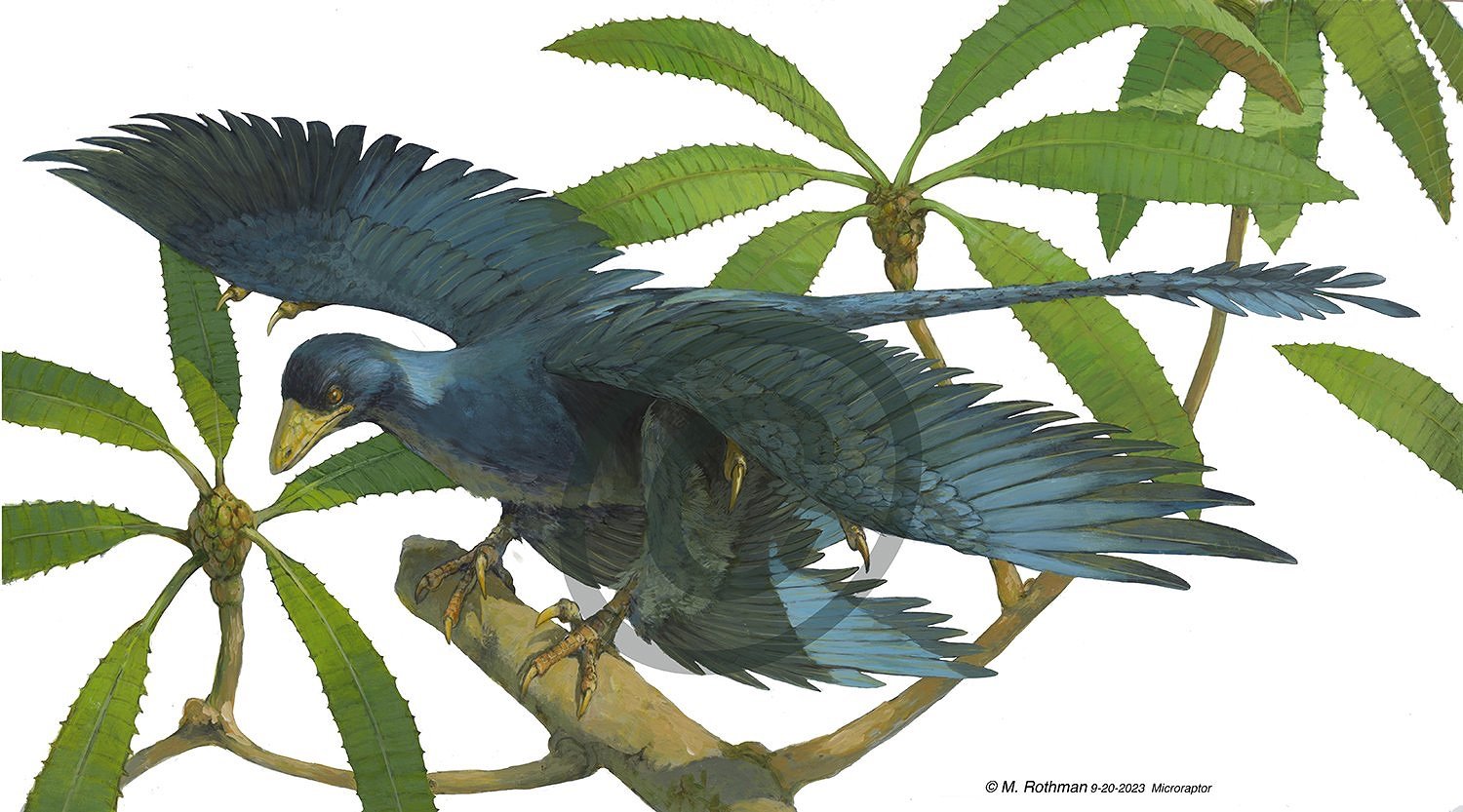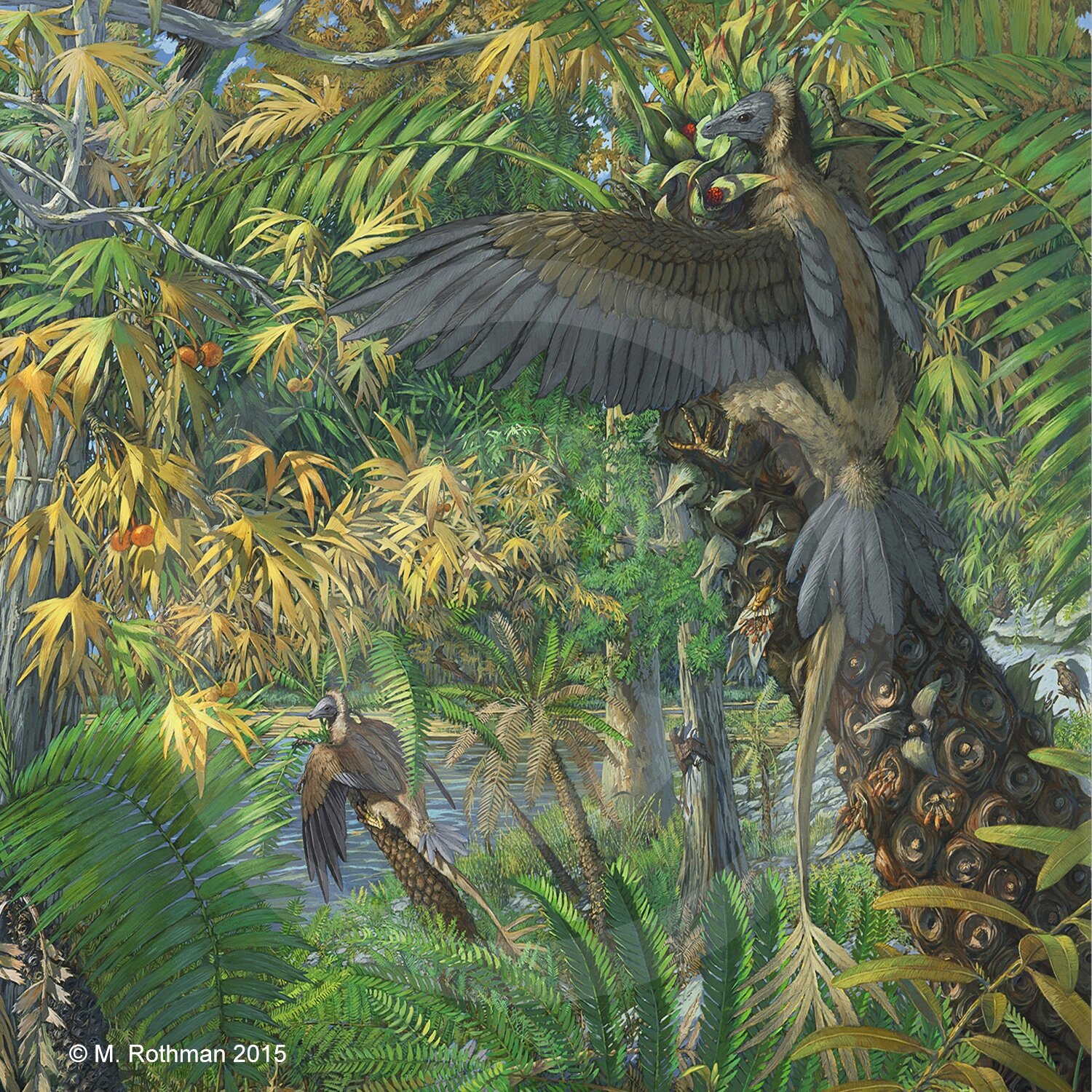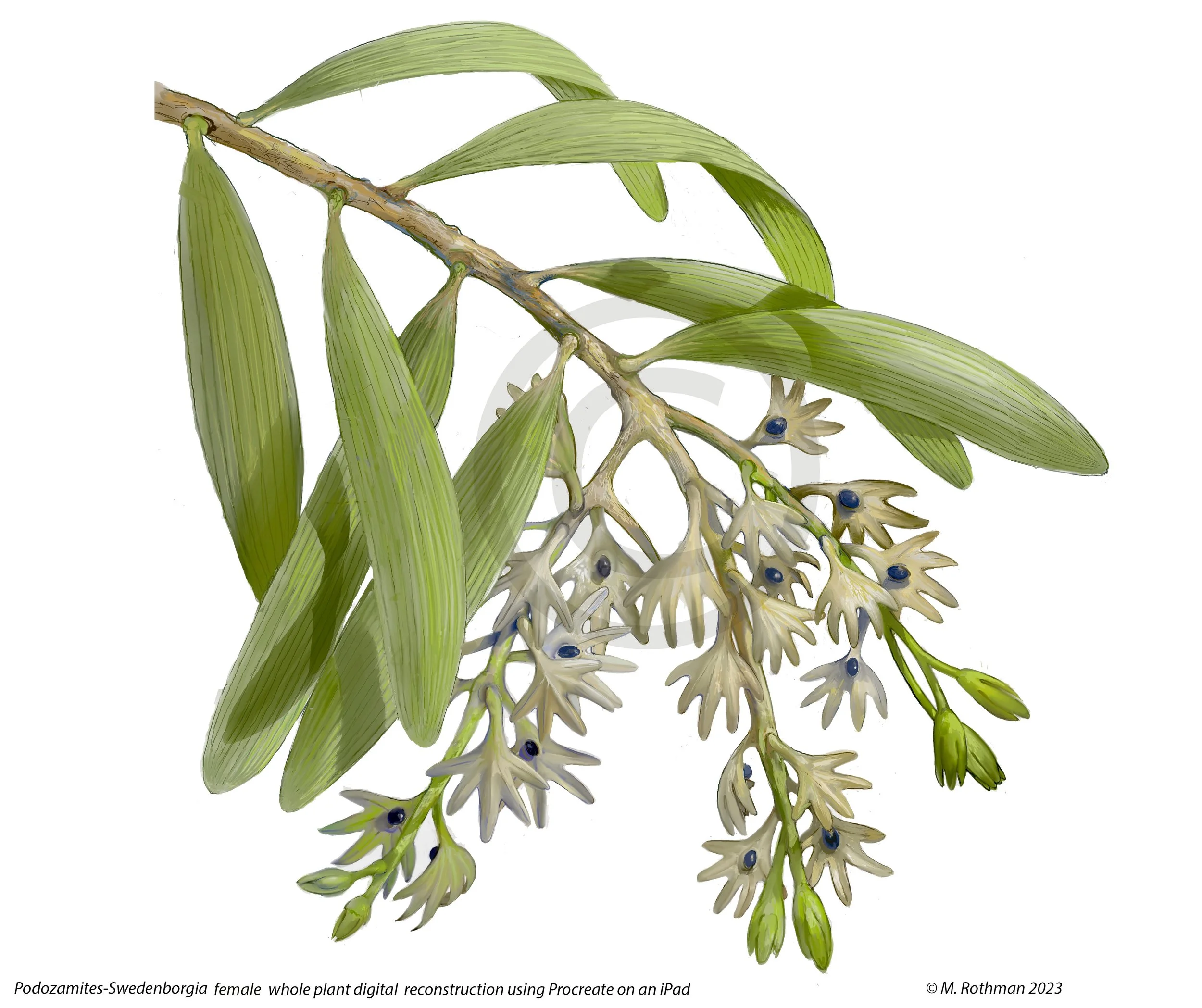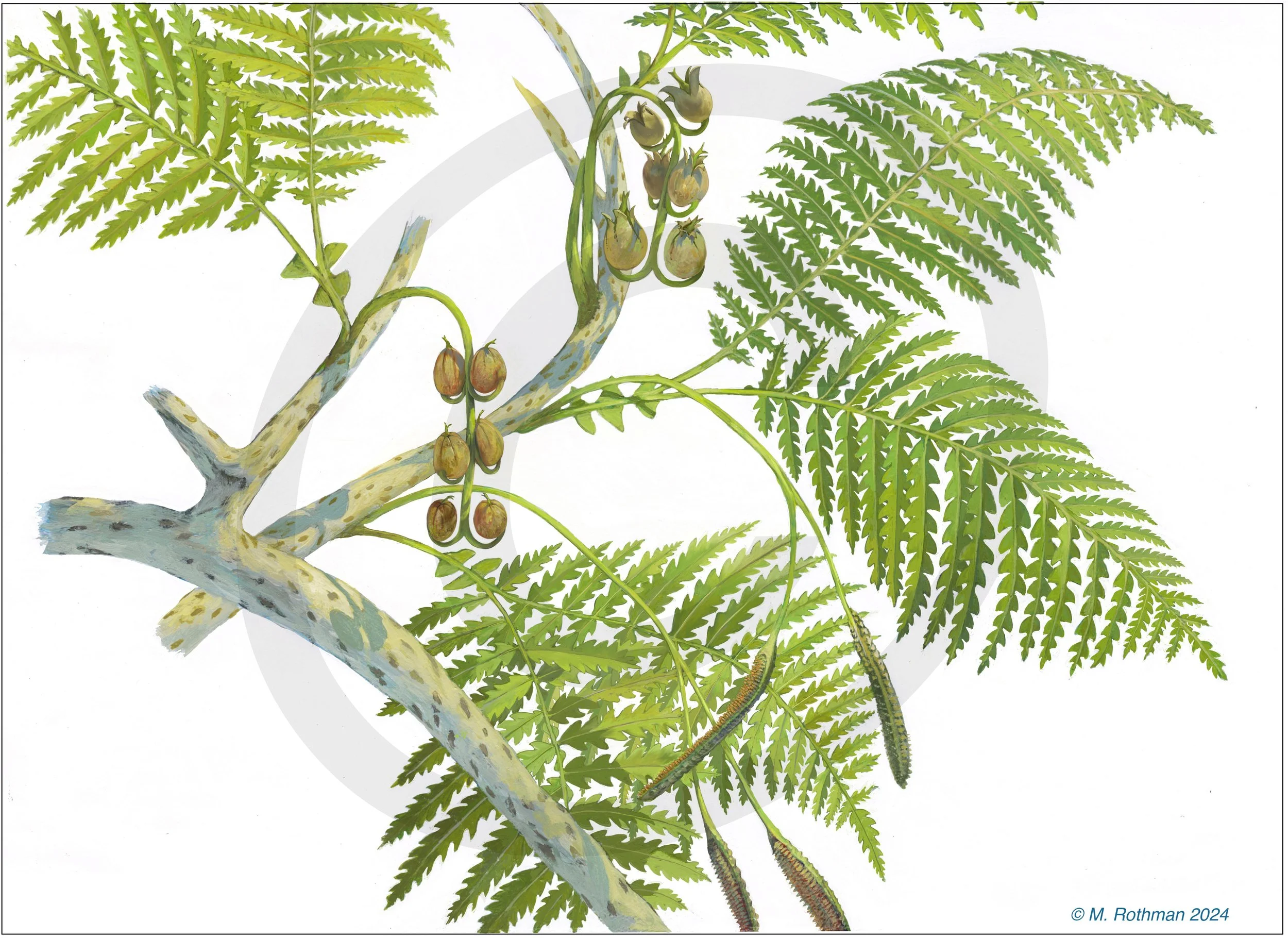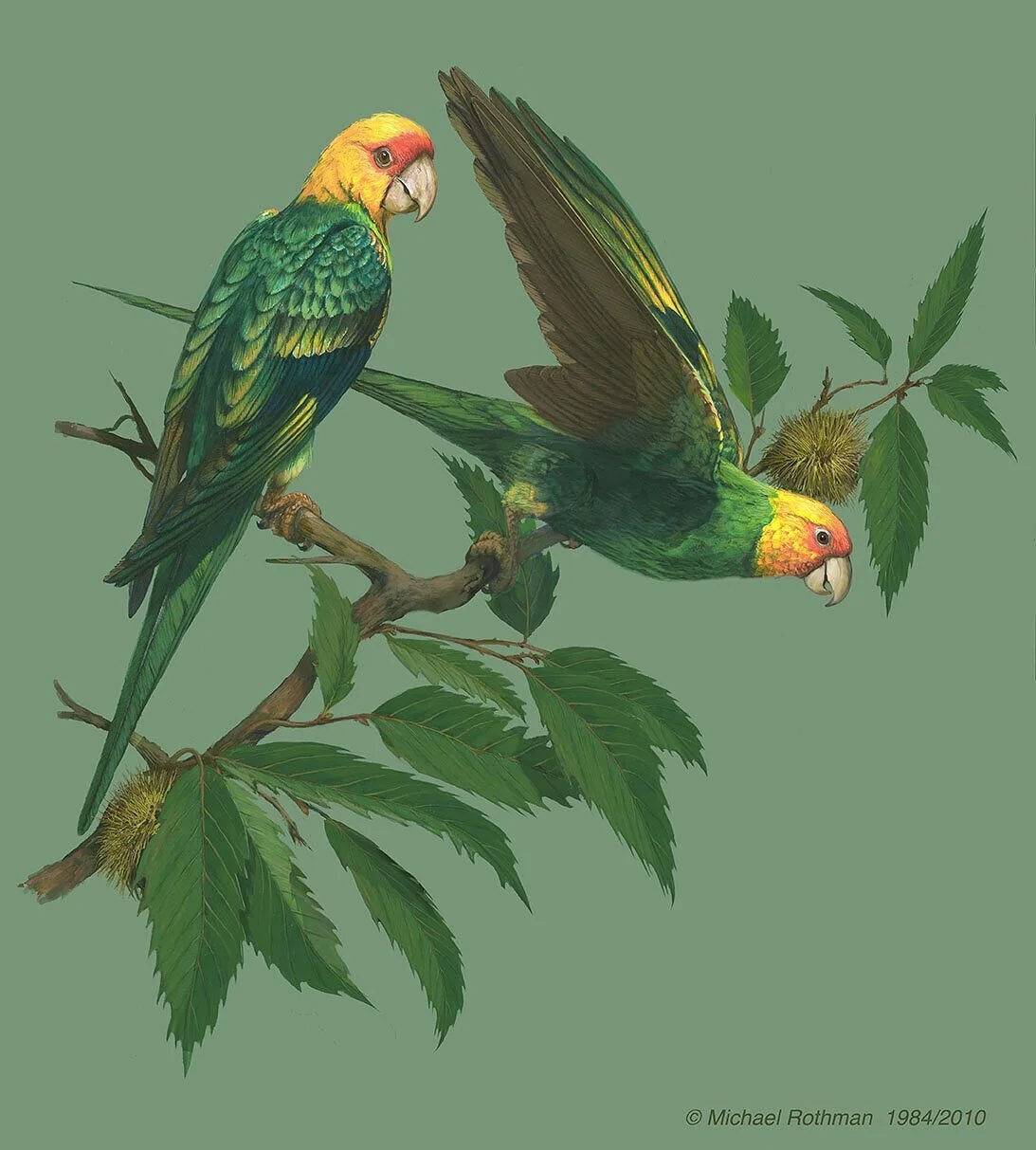
38
Paleontological reconstructions

7
Extant Neotropical habitat groups

3
Extant Pacific and Northern Hemisphere habitats

12
Children's Book series and STEM samples

6
Illustrations for Popular Magazines, Scientific Journals, and Newspapers

5
Digital fossil plant reconstructions from specimens

9
Traditional (Non-Digital) Fossil Plant reconstructions

6
Recently extinct and threatened fauna

1
Archaeological and Anthropological artwork




